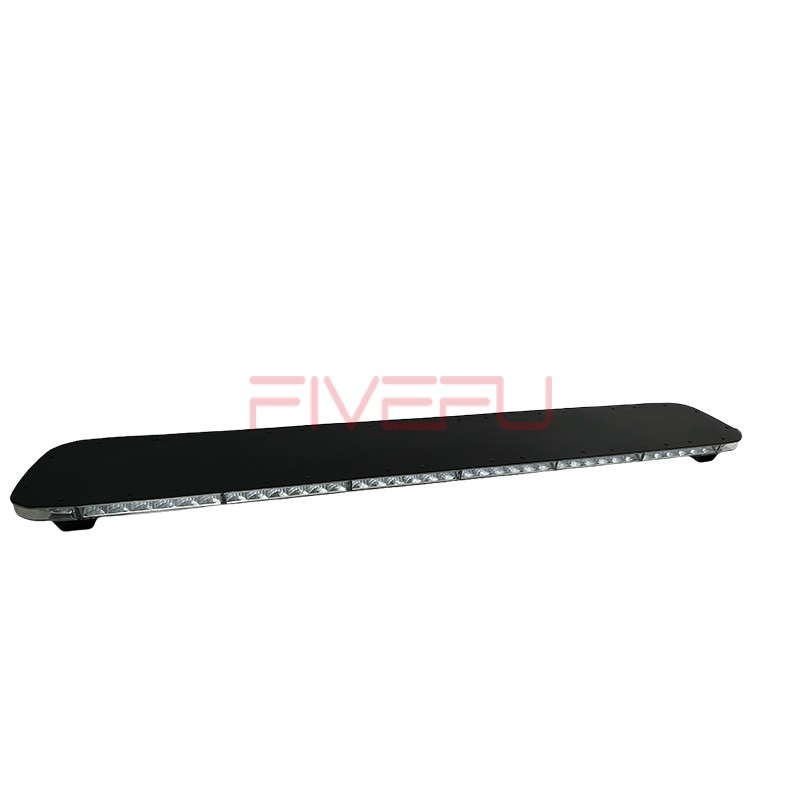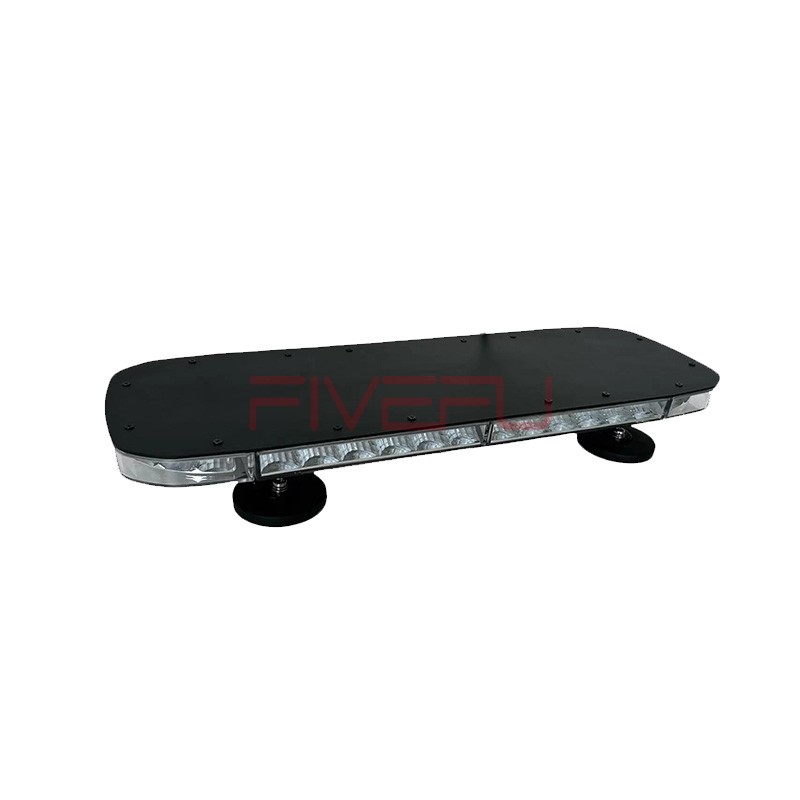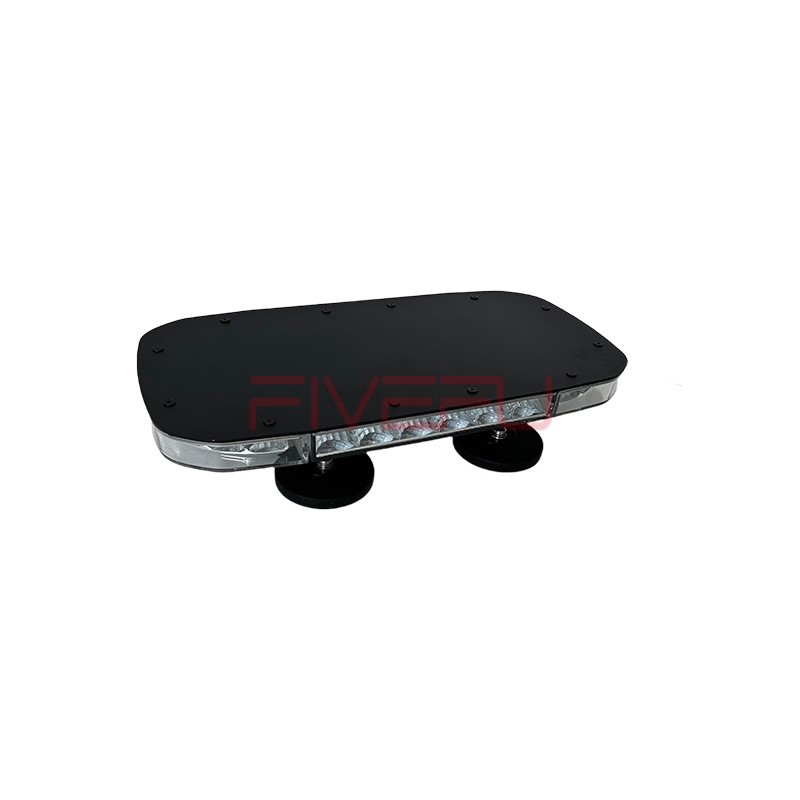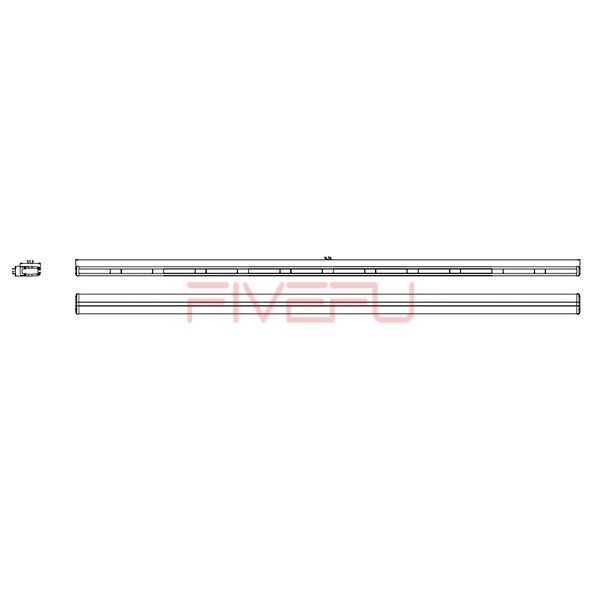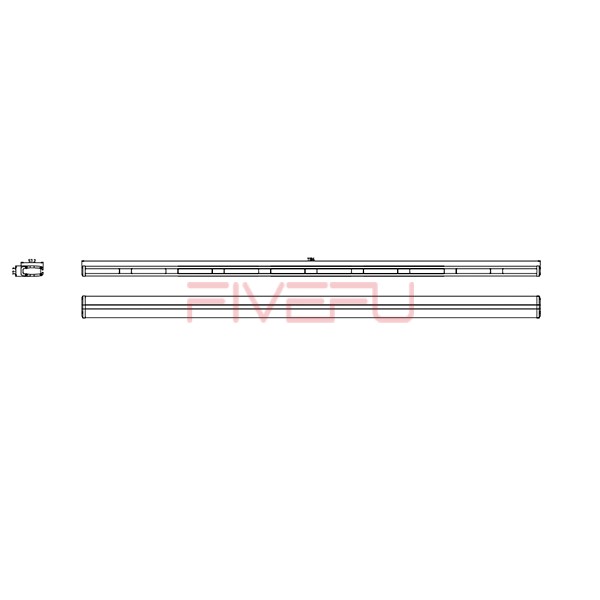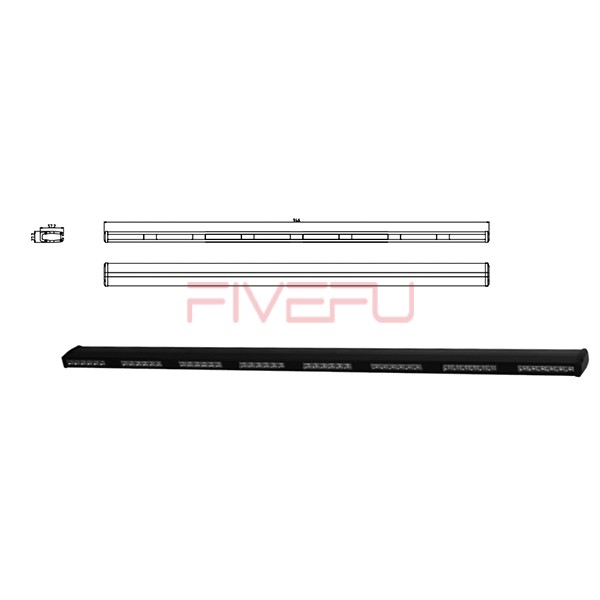Driving a retired police car can look cool, but modifying it with a solid light bar could cause serious legal trouble. Misuse of emergency-style lighting risks fines or even vehicle impoundment. The solution is to understand lighting laws before installation.
Installing a solid light bar on a retired police car is usually restricted by law. Most states prohibit civilians from displaying steady-burning red, blue, or white lights that resemble emergency or law-enforcement signals. Legal use is limited to off-road or show purposes, provided the lights remain covered or disconnected on public roads.
Always verify before you install—local rules differ.
Understanding Light Bar Legality
In the United States, lighting laws are state-specific. While most states allow auxiliary lighting, red and blue colors are almost always reserved for emergency vehicles. Using these colors on public roads, even unintentionally, may be considered impersonation of law enforcement. Many state vehicle codes also forbid any light arrangement that could be mistaken for police signals.
For example, California Vehicle Code §25268 prohibits red lights visible from the front, except on emergency vehicles. Texas and Florida enforce similar restrictions. If your car retains the old wiring, roof mounts, or control switches from its police service, activating them—even by accident—could still count as illegal use.
To stay safe, ensure your light bar cannot display red or blue when driven on public roads. Amber or white lights used for general visibility may be permitted, but brightness and flashing patterns are still regulated.
Appearance Matters: Avoid Impersonation Risk
Even if your lights stay off, appearance alone can raise suspicion. A civilian car that still looks like a patrol vehicle—black-and-white paint, spotlight, push bumper, and roof rack—can draw attention from law enforcement. Some states require you to remove decals, stripes, or law-enforcement emblems from retired units.
Under federal and state impersonation laws, intent is key. If authorities believe you’re attempting to represent yourself as an officer, you could face misdemeanor or felony charges. Courts have ruled that flashing or steady-burning police-style lights often demonstrate intent to deceive.
To minimize risk, repaint or restyle your retired cop car, remove all police identifiers, and use only neutral-colored lights with clear labeling such as “for off-road use only.”
When Is a Solid Light Bar Legal?
You may install a solid (non-flashing) light bar if it meets color, placement, and operational restrictions. In most jurisdictions:
-
✅ White or amber solid bars may be used for auxiliary lighting or visibility enhancement.
-
❌ Red or blue solid bars visible from the front are prohibited for civilian vehicles.
-
⚠️ Roof-mounted units that resemble emergency lights should stay covered on public roads.
-
🚗 Off-road use—on private land, farms, or events—is generally exempt.
Several aftermarket manufacturers design compliant light bars with selectable colors, low-intensity driving modes, and quick-disconnect plugs. These allow you to enjoy the aesthetics while staying within the law. Always request SAE/DOT-approved lighting if you intend to drive on public roads.
Federal vs. State Regulations
The U.S. Department of Transportation (DOT) and the Society of Automotive Engineers (SAE) provide baseline lighting standards, but enforcement remains state-controlled. The Federal Motor Vehicle Safety Standard (FMVSS) 108 governs lighting performance but does not authorize specific colors for non-emergency vehicles.
Each state enforces differently:
-
California and New York — strict; even visible mounting of police-style bars can lead to citations.
-
Texas, Georgia, and Arizona — allow amber or white steady-burning lights with fewer restrictions.
-
Illinois and Michigan — permit aftermarket bars only if switched separately from headlights.
Before installation, consult your state’s vehicle code or ask the Department of Motor Vehicles (DMV) for written clarification. If you plan interstate travel, you must comply with each state’s specific laws.
Practical Tips to Stay Legal
-
Choose the right color: Stick to amber or white; avoid red, blue, or flashing combinations.
-
Mounting position: Install below the grille or on the bumper—avoid the roofline.
-
Switch control: Add a clearly labeled switch, e.g., “Off-Road Use Only.”
-
Use covers: Snap-on covers are ideal when driving on public roads.
-
Keep documentation: Retain proof that your light bar meets DOT/SAE standards.
-
Notify insurance: Some policies exclude claims if illegal modifications exist.
Following these steps ensures your vehicle remains compliant and avoids unnecessary trouble.
Real-World Example
A buyer of a 2013 Ford Police Interceptor installed a solid blue light bar without checking local law. Within a week, he received a $450 citation for “unauthorized emergency lighting.” After removing the bar and repainting “POLICE INTERCEPTOR” lettering, his car passed inspection.
In contrast, another owner in Arizona installed an amber LED bar labeled “Utility Lighting.” Because it complied with state rules, he could legally use it for nighttime off-road driving. The difference? Understanding the law before modifying.
Why Compliance Matters
Beyond fines, legal compliance prevents confusion and accidents. Other drivers instinctively react to colored lights—red and blue lights trigger emergency responses. Misuse can cause panic stops, sudden lane changes, or collisions.
By maintaining a clear distinction between civilian and law-enforcement vehicles, we help protect public trust and road safety.
Summary
Check your local and state lighting laws. Use amber or white solid bars only, never red or blue, and remove all police identifiers.

